State regulation is needed for the 5% fertilizer VAT policy to meet expectations.
Farmers' wish is to reduce fertilizer prices.
At the seminar, Ms. Bui Thi Thom, Vice President of the Central Committee of the Vietnam Farmers' Union, emphasized that the function of the Union is to protect the rights, interests and support farmers in production activities.
In particular, the Association at all levels regularly coordinates with fertilizer enterprises to support farmers in paying late, and at the same time listens to farmers' thoughts and wishes regarding fertilizer prices and quality.
Currently, fertilizer prices account for a high proportion of 30-35% of agricultural production costs, which greatly affects the efficiency and profits of farmers. The Government has proposed to change fertilizers from non-VAT to 5% VAT, because it sees this as a basis to reduce fertilizer prices and support domestic fertilizer production enterprises.
However, there are still many conflicting opinions on this content. At the recent National Assembly discussion session, the National Assembly Standing Committee maintained its agreement with the Government's proposal. Today's discussion is an open, responsible, frank and objective exchange to find the best solution for the legitimate interests of farmers.
“Fertilizer is an important input material for the agricultural sector. To ensure stable fertilizer prices, a basis for price reduction, and profitable production for farmers, National Assembly deputies and economic experts believe that it is necessary to return fertilizer to the 5% VAT rate,” Ms. Bui Thi Thom emphasized.
For effective policy, what should be expected from the regulatory role of the State?
Looking back at history, agricultural expert Hoang Trong Thuy said that before 2015, fertilizer had a 5% VAT rate. After 2014, this item was not subject to VAT, and farmers at that time were very excited.
“However, 7,900 domestic fertilizer production enterprises are in trouble with the situation of circumventing the law, increasing selling prices, and fake fertilizers disrupting the market. According to calculations, fake fertilizers cause an average loss of 200 USD per hectare, meaning that each year the agricultural sector loses up to 2.6 billion USD,” Mr. Thuy pointed out.
According to Mr. Thuy, at first glance, changing fertilizer from not subject to VAT to subject to 5% tax is to share the "pain" of businesses with farmers, but in the long run it will ensure harmony for all parties, especially farmers will benefit more than if there is no tax.
So how to harmonize benefits and share the pain for the parties involved. Referring to an article he once answered in an interview in PetroTimes Magazine, expert Hoang Trong Thuy said that the State collects 5% VAT on fertilizers and needs to adjust it to 4% for agricultural production, through land improvement, guiding people to increase the use of organic fertilizers, increasing training costs, training farmers in farming techniques and encouraging green agricultural production.
Agricultural expert Hoang Trong Thuy: The State collects 5% VAT on fertilizers and needs to adjust it to 4% for agricultural production (Photo: Phuong Thao)
“The average annual growth rate of agricultural GDP is 3.5 - 3.8%, requiring the State to reinvest in agriculture on average about 12% each year. However, the current annual investment level of the State is only about 8%, so this is the 'State's outstanding debt to farmers' that needs to be implemented immediately through this fertilizer VAT regulation policy,” expert Hoang Trong Thuy emphasized.
Associate Professor Dr. Dinh Trong Thinh, a financial economist, also said that what farmers want most is to reduce the selling price of fertilizers to reduce production costs, because agriculture inherently contains many risks. Moreover, all domestically produced and traded goods need to be taxed, there is no reason why fertilizers and agricultural materials are outside this principle.
Further analyzing the debate on what level of VAT should be imposed on fertilizers, Mr. Thinh said that with a 0% export tax, it is impossible to collect more tax from imported goods, it is impossible to protect domestically produced goods as the set target, and the state also loses budget revenue.
Associate Professor, Dr. Dinh Trong Thinh: The 5% tax rate is the most reasonable and balanced for the fertilizer VAT policy (Photo: Phuong Thao)
“I think the 0% option is not feasible. The 10% option is too high, indirectly causing high agricultural product prices, reducing farmers' competitiveness. Therefore, the 5% tax rate is reasonable, balanced enough to cover tax refund costs for businesses to reproduce and invest in new organic products and green technology to meet new requirements. From there, it will provide practical support for farmers' agricultural products to increase their competitiveness in the world market. This is the long-term benefit,” Associate Professor, Dr. Dinh Trong Thinh emphasized.
According to this expert, for import enterprises, they will have to base on the selling price of domestic goods to adjust the selling price of their products. Therefore, Mr. Thinh hopes that the State will have a mechanism to stabilize domestic fertilizer prices so that foreign fertilizers cannot increase their selling prices.
“I think we need to prioritize protecting domestic production enterprises, this is a matter of food security and ensuring jobs for workers. Tax tools are the best measure to support domestic enterprises and help the Vietnamese economy in general, and agriculture in particular, stand on their own two feet,” Associate Professor Dr. Dinh Trong Thinh said.
Phuong Thao
Comment
Source: https://www.pvn.vn/chuyen-muc/tap-doan/tin/2b4ef2d5-add9-4d53-84bb-57d8ad59f8f9






![[Photo] Prime Minister Pham Minh Chinh chairs the 14th meeting of the Steering Committee on IUU](https://vphoto.vietnam.vn/thumb/1200x675/vietnam/resource/IMAGE/2025/9/23/a5244e94b6dd49b3b52bbb92201c6986)
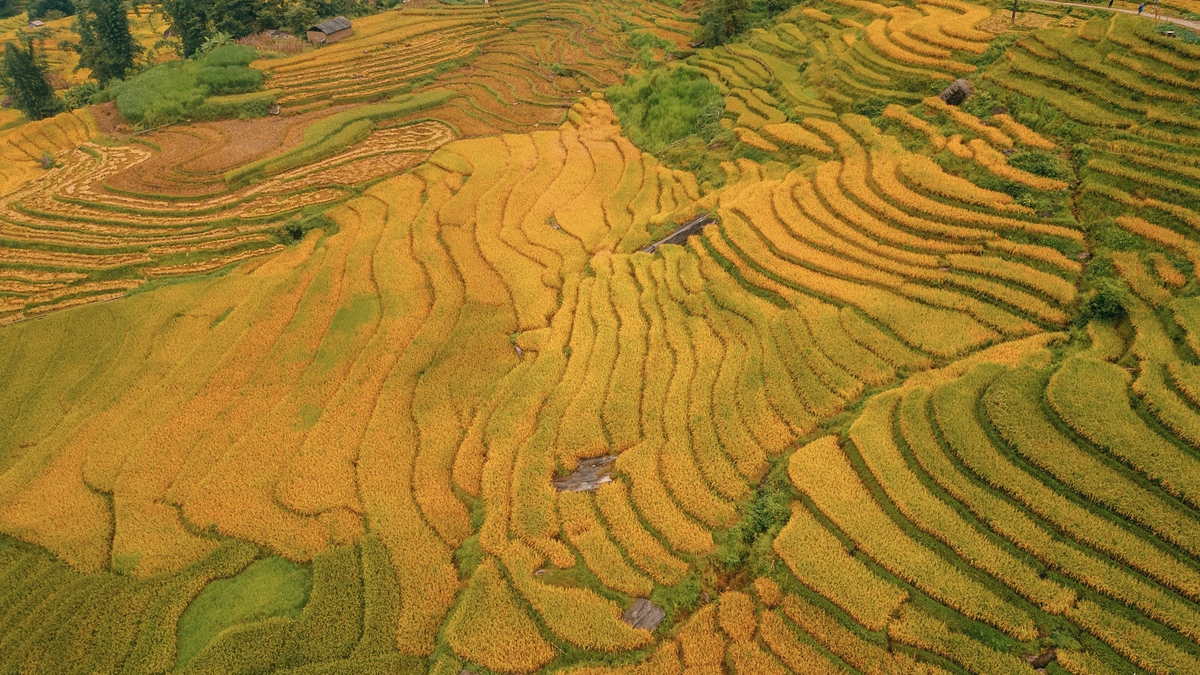
![[Photo] Editor-in-Chief of Nhan Dan Newspaper Le Quoc Minh received the working delegation of Pasaxon Newspaper](https://vphoto.vietnam.vn/thumb/1200x675/vietnam/resource/IMAGE/2025/9/23/da79369d8d2849318c3fe8e792f4ce16)



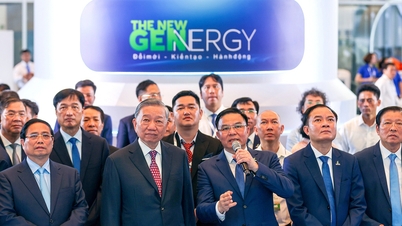







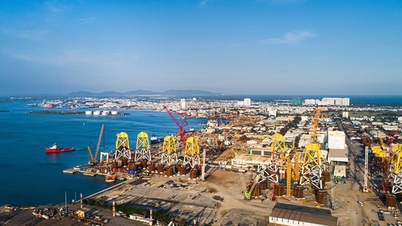

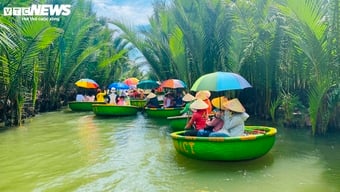


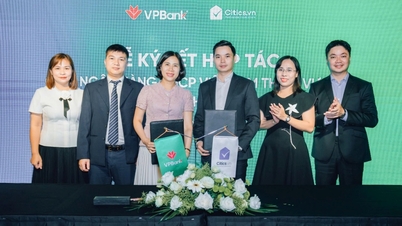

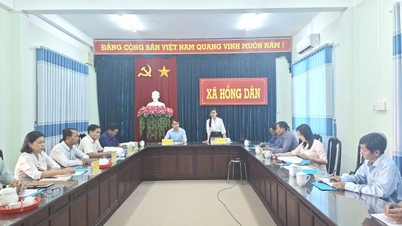
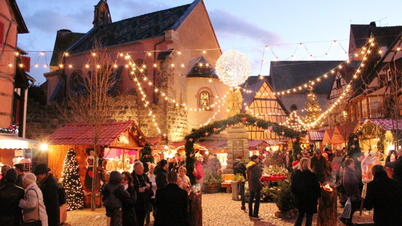

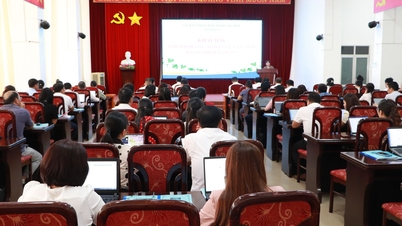


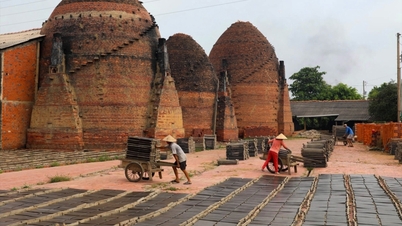






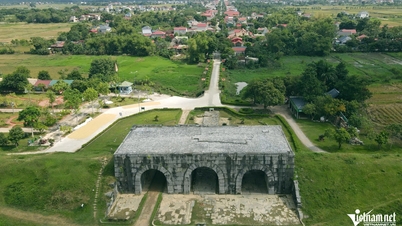






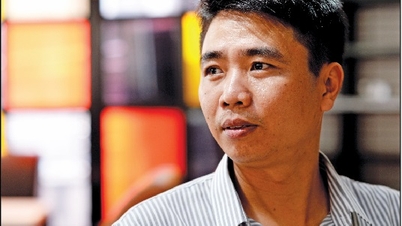
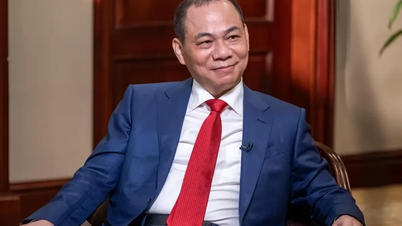






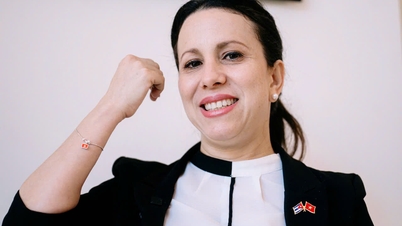


![[Photo] Solemn opening of the 1st Congress of Party Delegates of Central Party Agencies](https://vphoto.vietnam.vn/thumb/402x226/vietnam/resource/IMAGE/2025/9/24/82a89e250d4d43cbb6fcb312f21c5dd4)


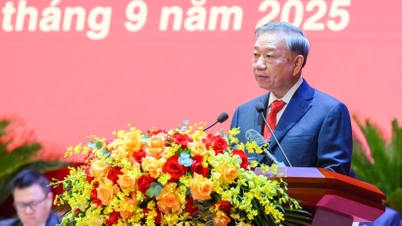

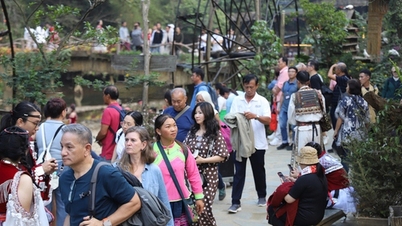




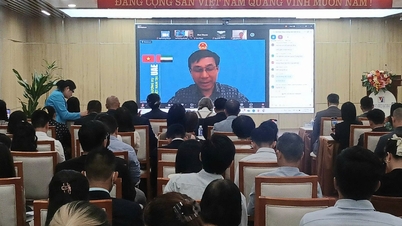






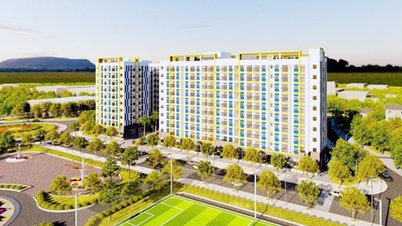

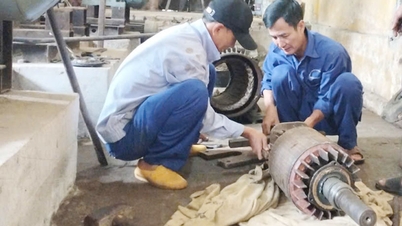
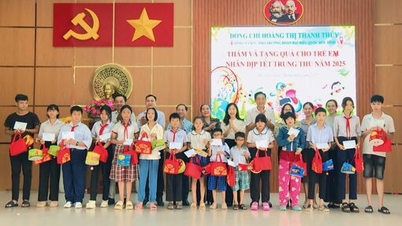





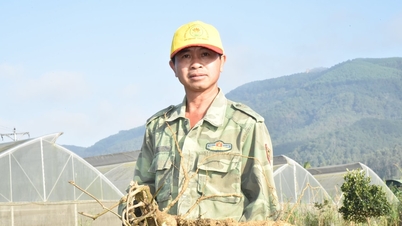





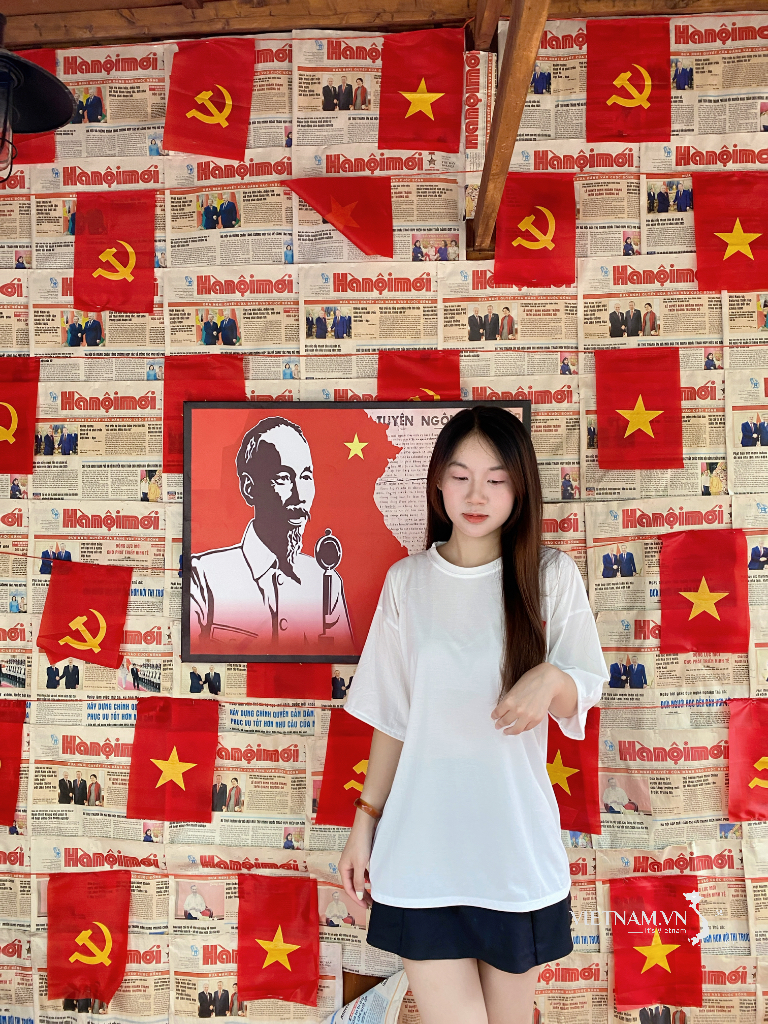


Comment (0)